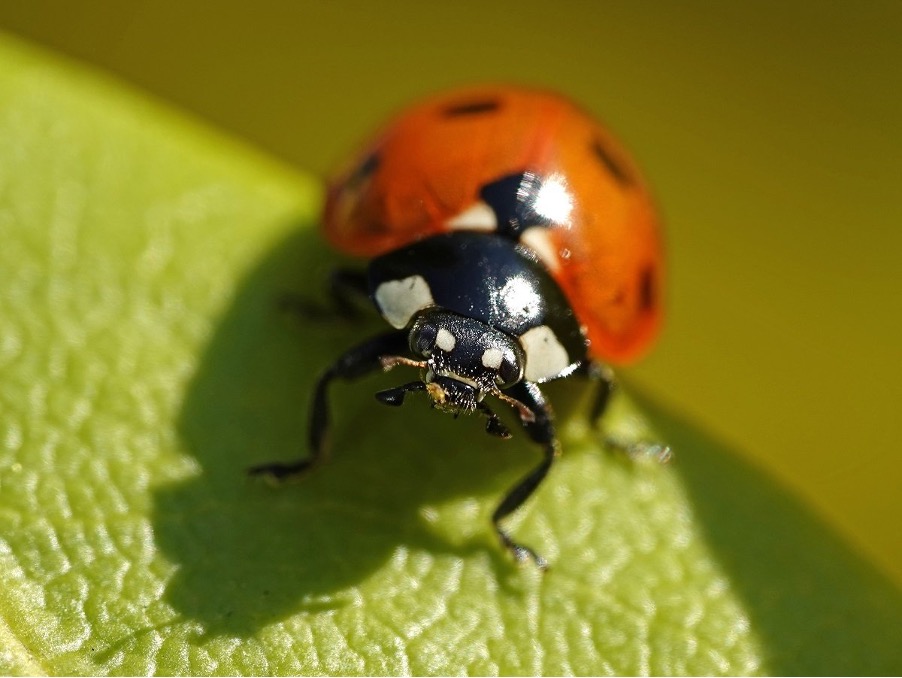
Green Party councillors in Mid-Suffolk are receiving more and more complaints about grass growing tall and not being cut. To reassure the public and set the story straight, they have published a very short guide to the basics, accompanied by a fuller explanation of meadow management and how it works.
- Roadside verges should be mown by the County Council, as should visibility splays at junctions
- Areas for play should be mown by the Parish, Town or District, whichever is responsible
- Owners are responsible for their dogs irrespective of ground conditions
- Mid Suffolk District Council may delay mowing at a certain time of the year but then do more management of the area at other times – so there is not necessarily any difference in costs or savings
- The heavy rain in the spring caused exceptional growth this year
- Meadow management is a trial to find the most suitable places and the best mowing regimes to benefit wildlife especially insects
Councillor Dr Dan Pratt, an ecologist, said:
“We need to do all we can to reverse the decline in biodiversity, including pollinators and other insects. Flora and fauna are under pressure from intensive agricultural practices, pollution, development and global temperature rise.
“All species need ways to find nearby habitat, stepping-stones and corridors that allow them to roam and reproduce. This will help ensure populations are maintained at sustainable levels.”
Entomologist and fellow councillor, Dr Ross Piper, added:
“Many insect species are in decline, which is a real concern as we depend on them for things like pollination and the recycling of organic material. Many larger animals, from swallows to hedgehogs, depend on them for food. Meadows can be among our richest habitats for insects, supporting three times more species and 25 times more individual insects than a mown lawn.
“Making these spaces as good as possible for insects takes time, but the benefits to nature are significant.
“Meadows are the richest habitat for insects, and even small patches left un-cut during spring can make a big difference.”
Some reflections on the early results of meadow management
There are large areas of Stowmarket where bee and pyramid orchids have appeared amongst the long grass across housing estates, and even private gardens, despite decades of mowing. Now we need to persuade more people to accept that short mown grass isn’t king and we can be equally proud of our wilder areas, together with the wildlife they support, rather than viewing them as a sign of neglect and untidiness.
We would like to extend the area of meadow management and are learning from what’s happened this year how this can be done. The general feeling so far is:
- Don’t go too fast – people need time to adjust and get used to the change
- Get the management right – council grass cutting team also has to adjust to a new approach. Some are better than others (those that spot and leave orchids, for example)
- We need to ensure the right areas are left and that pavement edges and desire line paths are cut from the outset, as this helps ensure people know that the council are still managing areas
- Some areas are more tolerable than others left long. Some look much better than others left long
- Cater for all – people value short grass for play, dog walking (and poo picking), visibility and appearance. A good balance is needed between long and short grass areas
- Meadow management involves cutting and collecting grass once the flower seeds have set; essentially taking off a hay crop. This gradually depletes the level of nutrients in the soil, favouring flowers over grass
- Longer grass keeps the soil cooler and provides a comfortable home for insects and small mammals, as well as sources of nectar and pollen as flowers emerge
